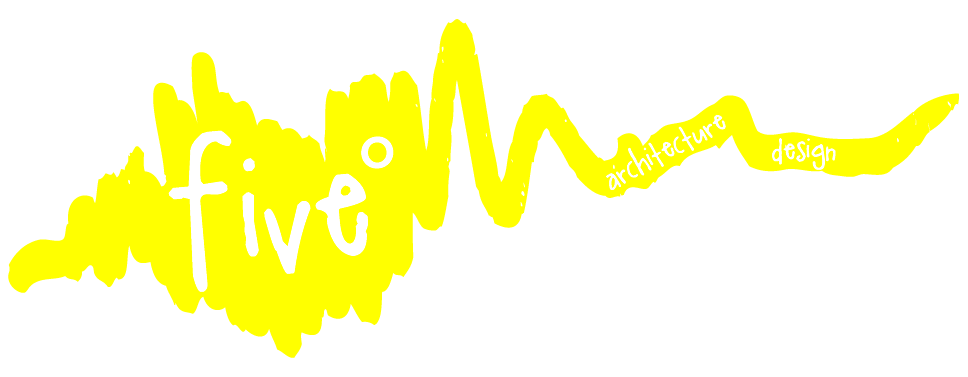"There is no solution, seek it lovingly"
One of my favorite things to do is conceptual design. It's fun to come up with the initial concepts and impressions for a building. During conceptual design, you set out on a journey, not knowing where you are going or what lies at the end of the road. Along the way you end up taking design-turns and detours that can lead you to question yourself and your decisions or they can spark a thought or idea which you then start to explore. One of my studio professors from architecture school was quick to say 'There is no solution, seek it lovingly.' The first few times I heard this saying I would roll my eyes and think 'Are you off your rocker?? Soooo, whats the point?'. I would hate to admit that I agree with, or even quote, one of my professors that 'there is no solution, seek it lovingly.', but I have learned that the design process is a journey you must take exploring different design possibilities while not knowing the end result. I have come to love seeking the 'design solution', meandering along design paths leading to an unknown destination.Below is a short video of an image for building proposed in Orem, Utah. This building/site/project has been 'lovingly seeking' a design solution for a while now. This isn't the first concept, nor do I feel its the last. In this video I breakdown this concept image showing each layer created in Photoshop and how they are layered on top of each other, making a composite. Unfortunately I don't narrate each step long the way, its more of a final image breakdown, revealing one spot along the design journey. However, I do plan on making a full video in the future recording myself making one of these images from scratch. Music by Mumford & Sons.
I do apologize for the 'flickering' that happens periodically in the video, I believe it has something to do with the frame rate at which I recorded the video and then processed/compressed it in Adobe Premiere Pro. I'm architect, not a cinematographer. You can find a higher resolution image of this project in of my previous posts.
If anyone has a comment or a question about the process or whatever, please don't hesitate to ask.
